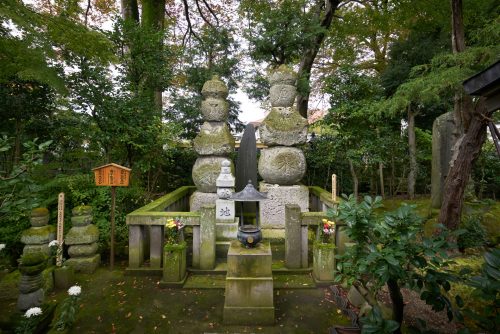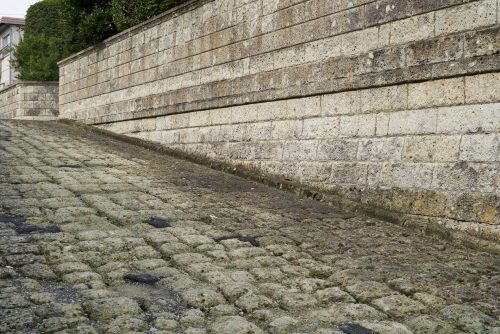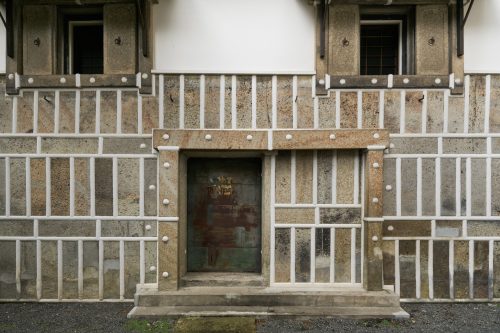STORY.3 Urban Culture Built with Quarried Stones
Urban Culture Built with Quarried Stones
The urban district of Utsunomiya developed as a castle and temple town. It has been using Oya stone for its development since the Edo period. Futaarayama Shrine, a symbol of Utsunomiya, used Oya stone to build its stone walls. The stones were also used at churches, temples, public buildings, residences of wealthy merchants and walls of private homes of the common people. Oya stones were used in numerous places for many purposes regardless of owner’s positions or religion.
Matsugamine Catholic Church combined Oya stone tiles with intricate carvings and built its stone walls. The western medieval design of the church buildings characterized by a symbolic round arch have been achieved. In contrast, the Utsunomiya St. John’s Church of the Japan Anglian Church, is also made with Oya stone tiles but it has created a simple and pious space by making the most of the natural appearance of the stone. With its excellent fire resistance, humidity controlling and deodorization functions, Oya stone is good for fermented food production and it was used to build merchants’ kura warehouses to store miso, sake and soy sauce. Long-established food producers from the Edo period to this day produces local Utsunimiya specialties in their stone warehouses.
The stones were also used to make flower beds and trails of a garden; a place of recreation and relaxation, and used as paving stones. As the softness of Oya stone enables various expressions and usage, it was very useful for town developing wanting various designs.



